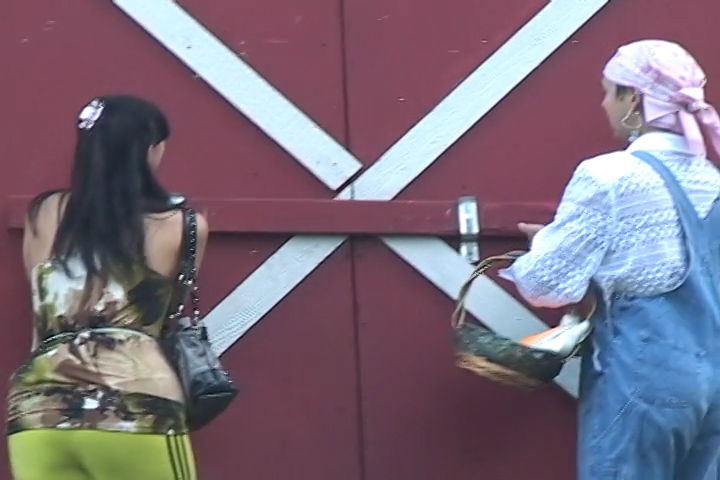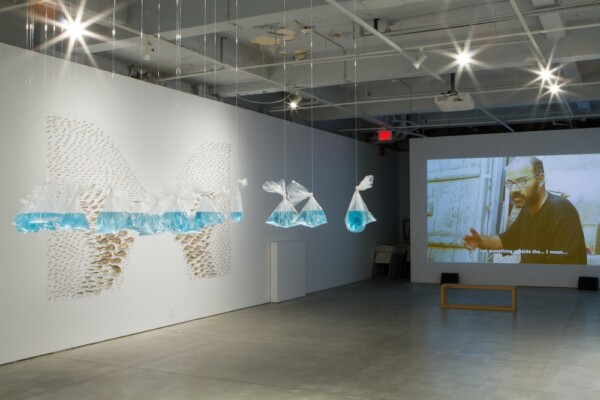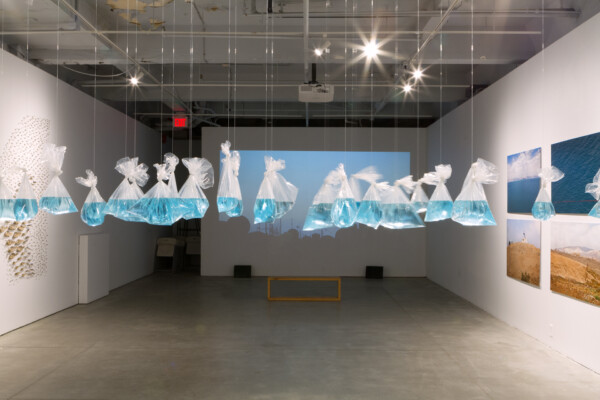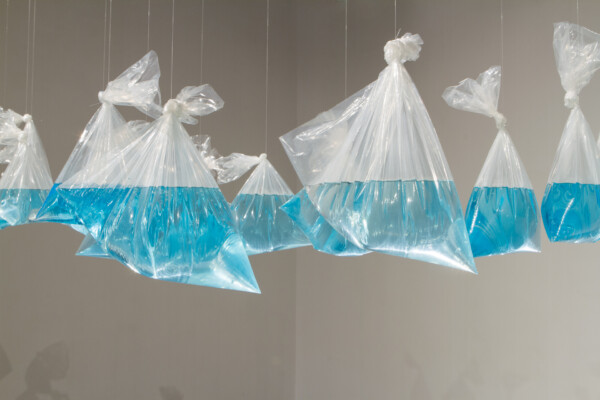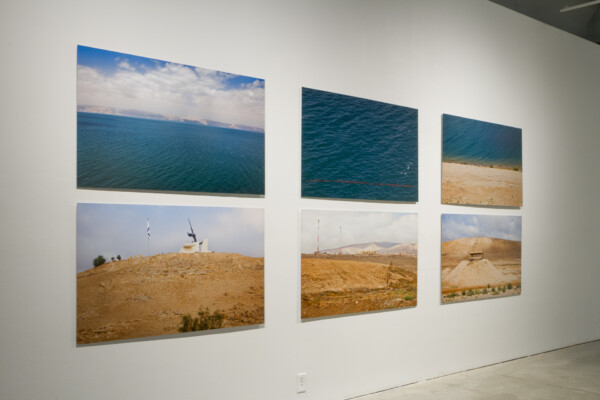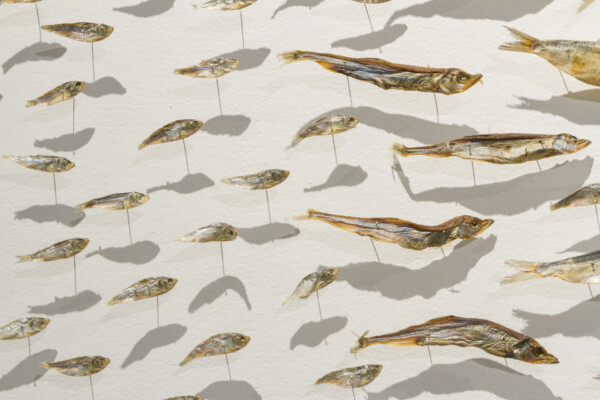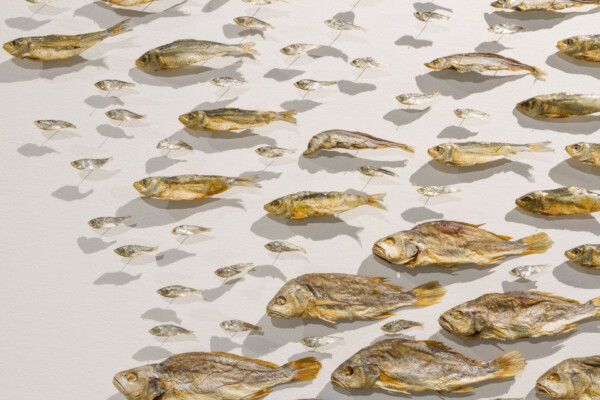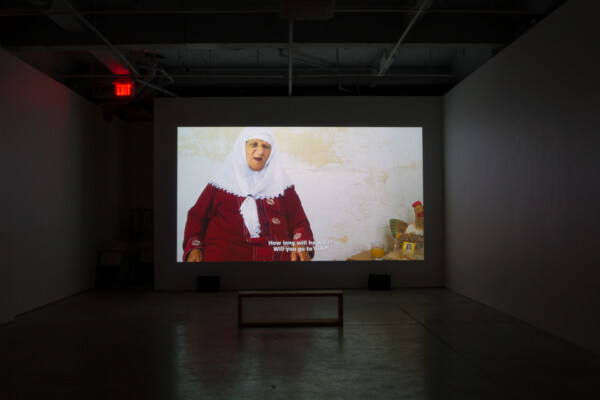#saltandwater: The Palestinian-Israeli Conflict
Noor Abuarafeh, Ayed Arafah, Mais Darwazah, and Rehab Nazzal
Curated by: Margaret Stern (Guest Curator), Jonathan Middleton (Director Curator)
The Or Gallery is pleased to present #saltandwater: The Palestinian-Israeli Conflict, an exhibition of four Palestinian artists. In his 1981 book, The Political Unconscious, Fredric Jameson asserts the idea of Louis Althusser’s “absent cause” within a structure. He posits that the structure itself is intrinsic to its effects, that Jacques Lacan’s “real” and Louis Althusser’s “absent cause” can never be represented in their entirety, as the signifier will always take the place of the signified. In looking at the Palestinian-Israeli conflict, Jameson’s argument can bring new light to the violence and unspeakable totality of the ongoing occupation. Seemingly innocuous substances, salt and water, can be viewed as materials which are inherently political. Palestinians now receive at most 73 litres of water per capita, lower than the World Health Organization’s recommended 100 litres for daily consumption. The seas are another space of contestation, as access to the Dead Sea and the Mediterranean Sea is not available to Palestinians without severe security restrictions.
It is never until a life force is removed that one notices its critical importance. In the summer of 2014, approximately 350 Palestinian prisoners participated in a hunger strike. 183 administrative detainees – Palestinians held without charge or trial – were unfairly detained in Israeli jails. The hashtag that emerged from the strike was “#saltandwater,” supporting the consumption by the prisoners of only salt and water for survival. Salt and water became symbols for life, for solidarity, and symbols of a lack of access to basic human necessities. The Palestinian people do not have access to enough clean, useable water. They also do not have access to the seas. Gazan fishing boats are not able to reach waters to support their trade, while the Dead Sea is completely foreclosed to any Palestinian economic activity.
The curator, Margaret Stern, selected four Palestinian artists who work within this theme. They use water and salt as signifiers of the industrialization and politicization of resources with political ramifications for the human body. Rehab Nazzal’s A Dead Sea (2010), Noor Abuarafeh’s A State Closer to Death Than it is to Life (2012), Mais Darwazah’s My Love Awaits Me by the Sea (2013) and Ayed Arafah’s Horizon (2010) play with both salt and water to explore issues of boundaries and resources. Examining this conflict from the material realm of metaphor and bodily necessity allows questions to be asked of the occupation of the Palestinian people, their subsequent resistance, and the issues of resources within this area of conflict.
This exhibition is made possible with support from the Killy Foundation and the Audain Endowment for Curatorial Studies through the Department of Art History, Visual Art and Theory in collaboration with the Morris and Helen Belkin Art Gallery at The University of British Columbia.
